All Quiet In The Nursery?

All Quiet in the Nursery?
The dark patch snaking across this spectacular image of a field of stars in the constellation of Ophiuchus (The Serpent-bearer) is not quite what it appears to be.
Although it looks as if there are no stars here, they are hidden behind this dense cloud of dust that blocks out their light. This particular dark cloud is known as LDN 1768.
Despite their rather dull appearance, dark nebulae like LDN 1768 are of huge interest to astronomers, as it is here that new stars form. Inside these vast stellar nurseries there are protostars — stars at the earliest stage of their lives, still coalescing out of the gas and dust in the cloud.
Eventually, the protostars will become dense and hot enough to start the nuclear reactions that will produce visible light and they will start to shine. When this happens, they will blow away the cocoon of dust surrounding them and cause any remaining gas to emit light as well, creating the spectacular light show known as an HII region.
Credit: ESO
More Posts from Intergalacticnerd and Others
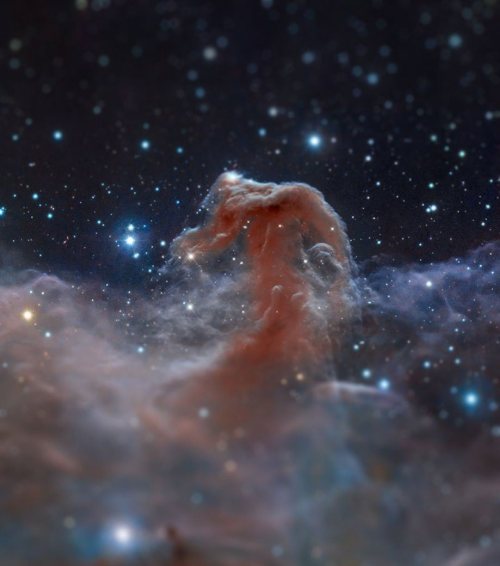
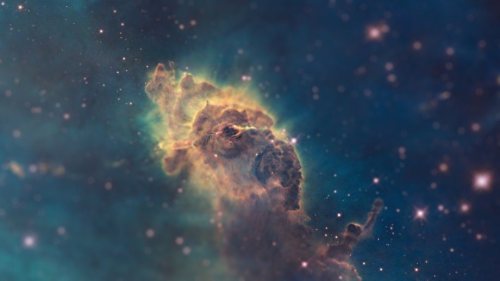
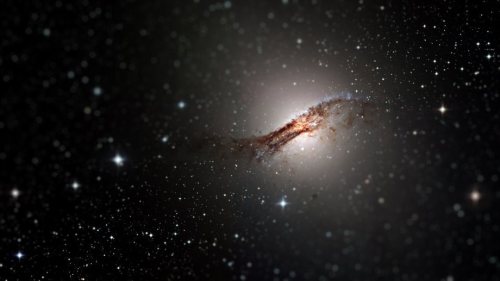
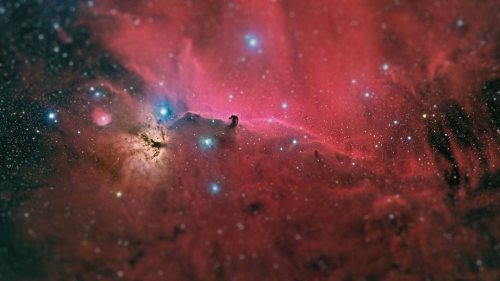
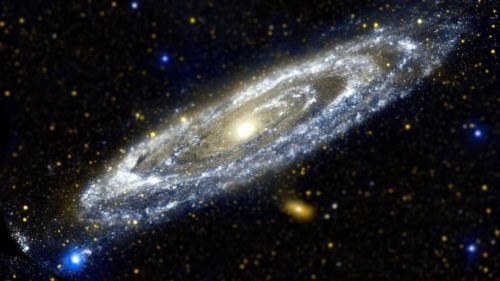
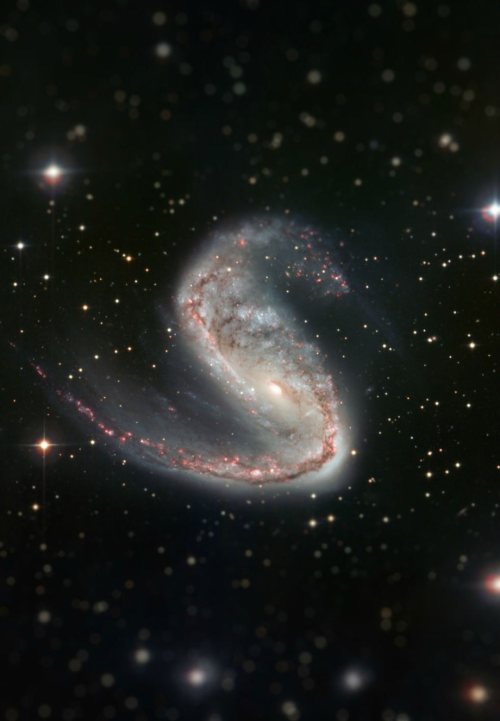
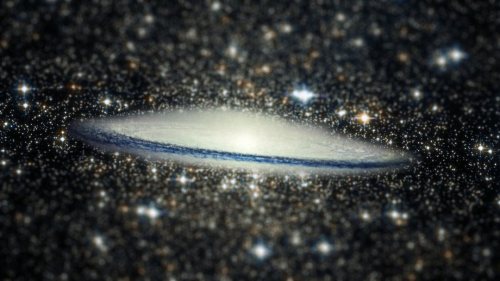
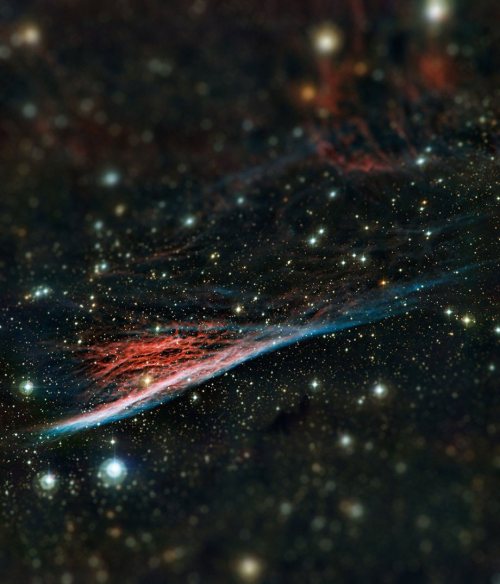
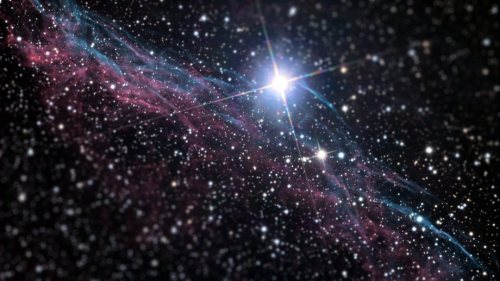
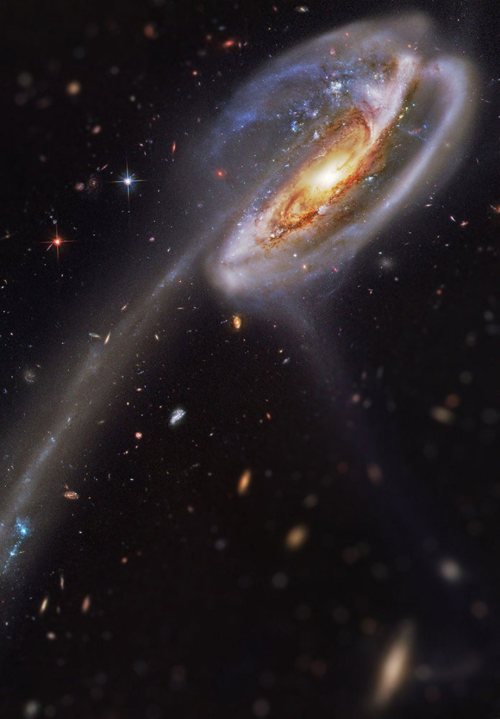
Tilt Shift filters applied to Hubble Space Telescope photos.
Tilt Shift filters make the foreground and background of images more blurred, changing the depth of field of these images.
(x)
[Click for more interesting science facts and gifs]

NASA just released the most detailed photo of space ever taken
The picture of the Andromeda galaxy, the nearest spiral galaxy to our own, is comprised of a mind-boggling 1.5 billion pixels and was snapped from 2.5 million light years away by the powerful Hubble Space Telescope.
See it in all its glory

A photo of Saturn. Took by Cassini with COISS on May 30, 2008 at 11:52:37. Detail page on OPUS database.
Are u really in space
Yes. Really. And now I am in space over New Orleans…and now I’m over Mobile, Alabama.

A Message from Earth (AMFE) is a high-powered digital radio signal that was sent on 9 October 2008 towards Gliese 581 c, a large terrestrial extrasolar planet orbiting the red dwarf star Gliese 581. The signal is a digital time capsule containing messages that were selected through a competition. The message was sent using the RT-70 radar telescope of Ukraine’s National Space Agency. The signal will reach the planet Gliese 581 c in early 2029. Many people including celebrities and politicians participated in the AMFE project, which was the world’s first digital time capsule where the content was selected by the public.
More info HERE
More info on Gliese 581 c HERE
Follow Ultrafacts for more facts

Gravitational waves: discovery hailed as breakthrough of the century
Once again, Albert Einstein is proven right. Read more about this discovery in The Guardian.
Colors of Earth
When we think of our globe from a distance, we generally visualize two colors: blue and green. Water and land. Mostly water, consequently, our planet’s nickname of the blue marble.
Traveling around the globe every 90 minutes covering millions of miles with a focused lens on our beautiful planet from 250 miles above, I’ve captured many beautiful colors beyond blue and green that showcase Earth in new and interesting ways. Some colors are indicative of nature like desert sands and weather like snow. Other colors tell stories of Earth’s climate in bright splashes of yellows and greens of pollen and muted grey tones and clouded filters of pollution.
Blue and green still remain vivid and beautiful colors on Earth from the vantage point of the International Space Station, but here are some other colors that have caught my eye from my orbital perspective.

African violet

Bahamas blues

Tropical in Africa

Yellow desert

Orange in Egypt

Red surprise

Snow white
Follow my Year In Space on Twitter, Facebook and Instagram!

Infant Star’s Artistic Outburst
The artistic outburst of an extremely young star, in the earliest phase of formation, is captured in this spectacular image from the NASA/ESA Hubble Space Telescope. The colourful wisps, found in the lower left of the image, are painted onto the sky by a young star cocooned in the partially illuminated cloud of obscuring dust seen to the upper right.
Pictured punching through the enshrouding dust is an extremely hot, blue jet of gas released by the young star. As this jet speeds through space, it collides with cooler surrounding material. The result is the colourful object to the lower left, produced as the cooler material is heated by the jet (opo9524a, potw1307a).
This wispy object is known as HH34 and it is an example of a Herbig–Haro (HH) object. It resides approximately 1400 light-years away near the Orion Nebula, a large star formation region within the Milky Way. HH objects exist for a cosmically brief time — typically thousands of years — with changes seen in observations taken only a few years apart (heic1113).
Credit: ESA/Hubble & NASA
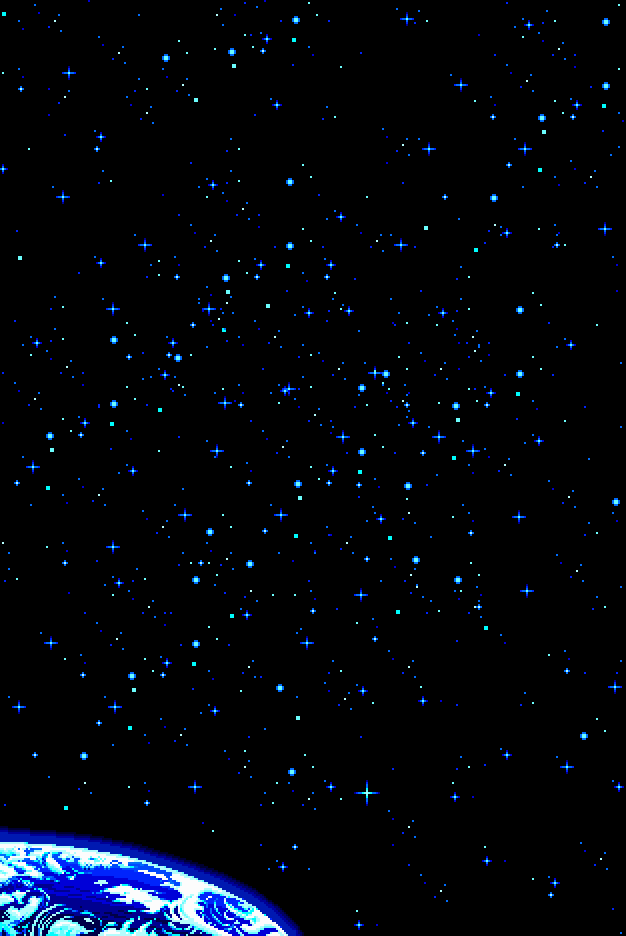
-
 iamdefinitelynotanalien liked this · 5 years ago
iamdefinitelynotanalien liked this · 5 years ago -
 hyperionova liked this · 5 years ago
hyperionova liked this · 5 years ago -
 randomperson-es liked this · 5 years ago
randomperson-es liked this · 5 years ago -
 unknown-lurker liked this · 5 years ago
unknown-lurker liked this · 5 years ago -
 cottonasphalt liked this · 5 years ago
cottonasphalt liked this · 5 years ago -
 idontknowjonsnow reblogged this · 5 years ago
idontknowjonsnow reblogged this · 5 years ago -
 idontknowjonsnow liked this · 5 years ago
idontknowjonsnow liked this · 5 years ago -
 sirikenobilegends reblogged this · 5 years ago
sirikenobilegends reblogged this · 5 years ago -
 sirikenobilegends liked this · 5 years ago
sirikenobilegends liked this · 5 years ago -
 stephdaninja liked this · 5 years ago
stephdaninja liked this · 5 years ago -
 foxyk7 liked this · 5 years ago
foxyk7 liked this · 5 years ago -
 fenasa77-divinemercyapostol-blog liked this · 5 years ago
fenasa77-divinemercyapostol-blog liked this · 5 years ago -
 dancewiththedevil101 liked this · 5 years ago
dancewiththedevil101 liked this · 5 years ago -
 tinyshe reblogged this · 5 years ago
tinyshe reblogged this · 5 years ago -
 mmuehlfeld-blog liked this · 5 years ago
mmuehlfeld-blog liked this · 5 years ago -
 smallfryingpan liked this · 5 years ago
smallfryingpan liked this · 5 years ago -
 fagdykefrank liked this · 5 years ago
fagdykefrank liked this · 5 years ago -
 michigandrifter liked this · 5 years ago
michigandrifter liked this · 5 years ago -
 justbottomsexaddicted liked this · 5 years ago
justbottomsexaddicted liked this · 5 years ago -
 sometimesapoetaster reblogged this · 7 years ago
sometimesapoetaster reblogged this · 7 years ago -
 yeswecancan reblogged this · 7 years ago
yeswecancan reblogged this · 7 years ago -
 thrivinglesbian reblogged this · 8 years ago
thrivinglesbian reblogged this · 8 years ago -
 snickerpip reblogged this · 8 years ago
snickerpip reblogged this · 8 years ago -
 rwbwby liked this · 8 years ago
rwbwby liked this · 8 years ago -
 heavens-break-down reblogged this · 8 years ago
heavens-break-down reblogged this · 8 years ago -
 heavens-break-down liked this · 8 years ago
heavens-break-down liked this · 8 years ago -
 flanneldragonmainblog liked this · 8 years ago
flanneldragonmainblog liked this · 8 years ago -
 ohmybajanga reblogged this · 8 years ago
ohmybajanga reblogged this · 8 years ago -
 spaceismadeofus reblogged this · 8 years ago
spaceismadeofus reblogged this · 8 years ago -
 starsnuffer reblogged this · 8 years ago
starsnuffer reblogged this · 8 years ago -
 potatoesdance reblogged this · 8 years ago
potatoesdance reblogged this · 8 years ago -
 kristen-williams reblogged this · 8 years ago
kristen-williams reblogged this · 8 years ago -
 carlosalberto-thall reblogged this · 8 years ago
carlosalberto-thall reblogged this · 8 years ago -
 carlosalberto-thall liked this · 8 years ago
carlosalberto-thall liked this · 8 years ago -
 bluebentley liked this · 8 years ago
bluebentley liked this · 8 years ago -
 jessicag-9438 reblogged this · 8 years ago
jessicag-9438 reblogged this · 8 years ago
"Astronomy compels the soul to look upwards and leads us from this world to another." - Plato
147 posts